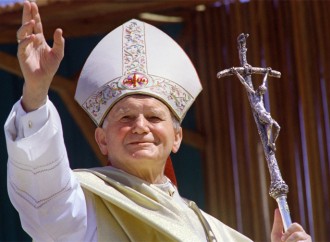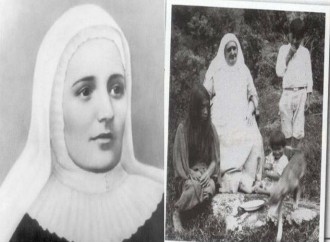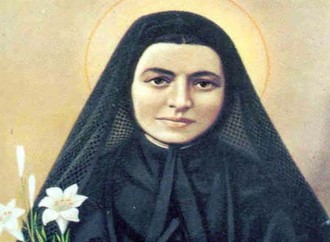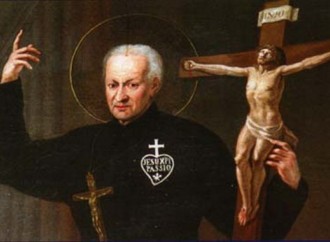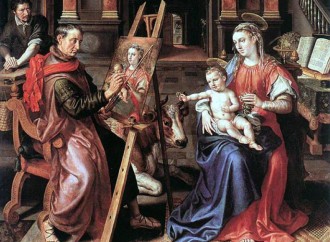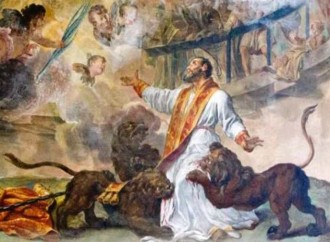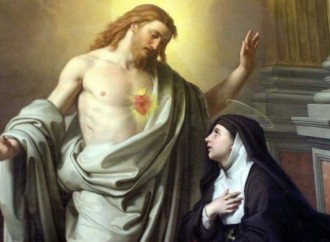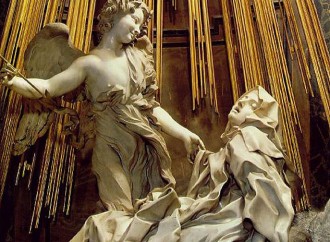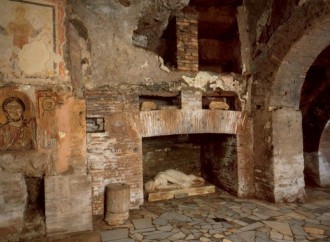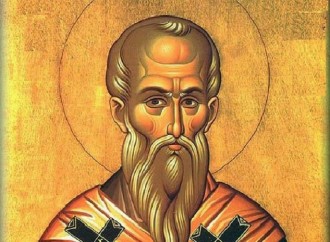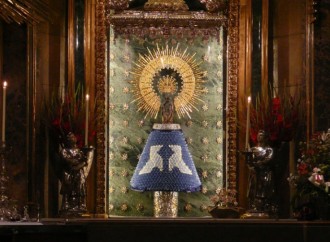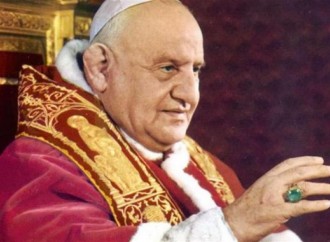Saint John Paul II
“The greatest gift that my Immaculate Heart has obtained from the Heart of Jesus”, Our Lady said about St John Paul II during one of her apparitions in Civitavecchia. That message is an admirable synthesis of the life of Karol Wojtyla (1920-2005) and his 26 ½ years of pontificate, marked by a deep bond with the heavenly Mother.
Saint Laura Montoya
She was the first Colombian to be canonised. And one could say that St Laura Montoya or Laura of Saint Catherine of Siena (1874-1949), the latter her religious name, had a particular call to holiness from the start.
Saint Maria Bertilla Boscardin
Her unparalleled love for the Catechism, her sacrifices for the sick, her suffering offered with joy to God for His saving plan: the splendour of Saint Maria Bertilla Boscardin (1888-1922) is equal to the humility with which she lived every day on earth.
Saint Paul of the Cross
“It is an excellent and most holy thing to think about the Passion of the Saviour and meditate on it. This is the means to arrive at union with God”, taught St Paul of the Cross (1694-1775), who one day found himself mystically dressed in a black habit with a white cross on his chest and the name of Jesus in white letters.
Saint Luke the Evangelist
A learned Syrian doctor from Antioch, he was a disciple and collaborator of Paul, who mentions him in three of his letters. To Saint Luke (c. 9-93) we owe the third Gospel and the Acts of the Apostles, whose place is not random in the design of Divine Providence.
Saint Ignatius of Antioch
“The Christian is not the result of persuasion, but of power. When he is hated by the world, he is beloved of God”, wrote St Ignatius of Antioch (c. 35-107), converted by St John the Evangelist and second successor of St Peter at the head of the Antiochian Church.
Saint Margaret Mary Alacoque
We shall never know how many souls owe their salvation to the gifts communicated by God through Saint Margaret Mary Alacoque (1647-1690), propagator of the devotion to the Sacred Heart of Jesus and the practice of the First Fridays of the month.
Saint Teresa of Avila
“A brilliant and fertile writer, teacher of spiritual life, incomparable contemplative”, Saint Paul VI defined St Teresa on 27 September 1970, the day he proclaimed her Doctor of the Church (the first woman to receive the title).
Saint Callistus I
Esteemed by two holy pontiffs (Victor I and Zephyrinus), opposed by an antipope (Hippolytus) who held two “records” in the history of the Church. The life of St Callistus I (†222), in his turn pope and then martyr, was certainly unusual....
St Theophilus of Antioch
St Theophilus of Antioch (c. 120-185) was brought up as a pagan, but a thorough reading of the Holy Scriptures encouraged his conversion. He made a great contribution to Christian apologetics.
Our Lady of the Pillar
The Blessed Virgin appeared to the Apostle James during her earthly life on the night of 2 January 40. James was praying on the banks of the river Ebro and pleading for Mary's intercession for the success of evangelisation in Spain.
Saint John XXIII
Before he was elected to the Petrine throne and earned the affectionate moniker of “the Good Pope”, St John XXIII (1881-1963) had already manifested many of what would be the features of his pontificate.

